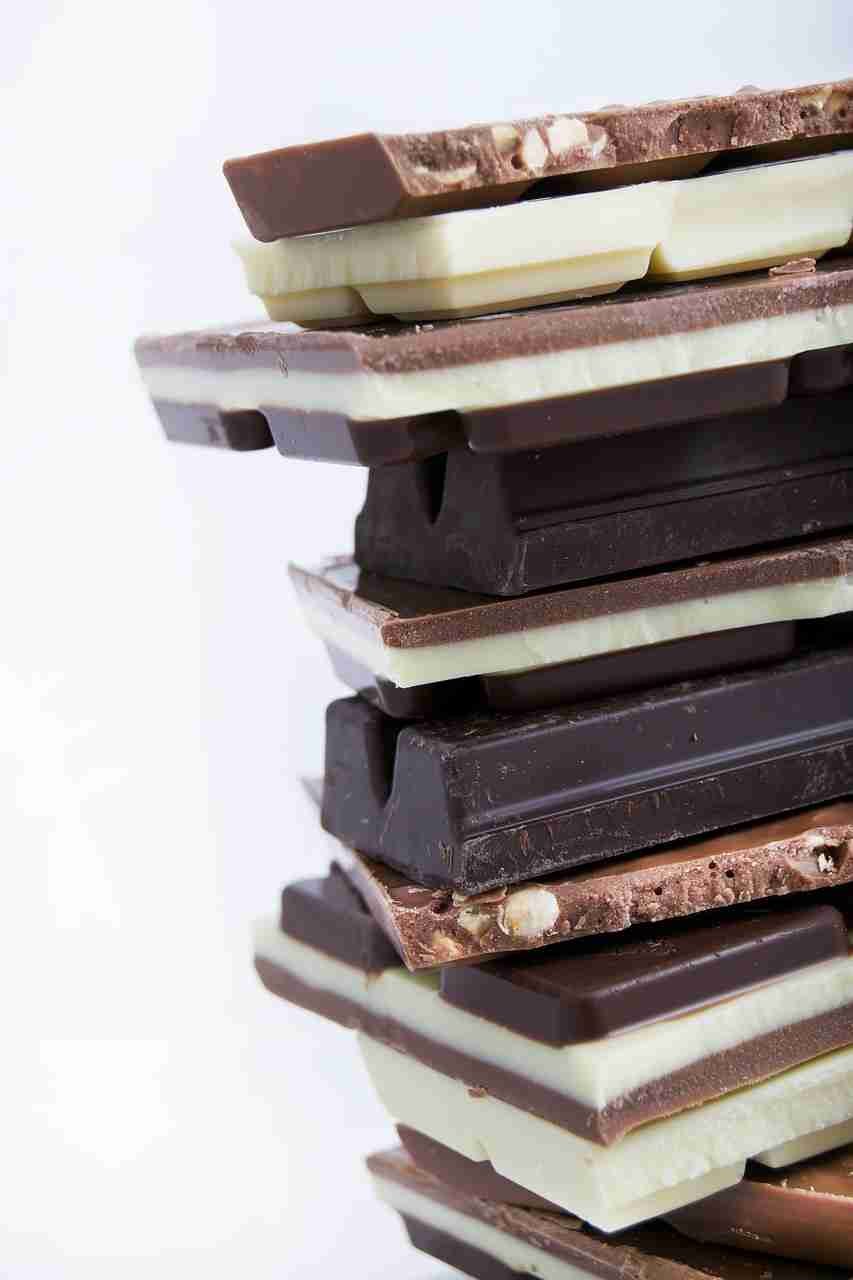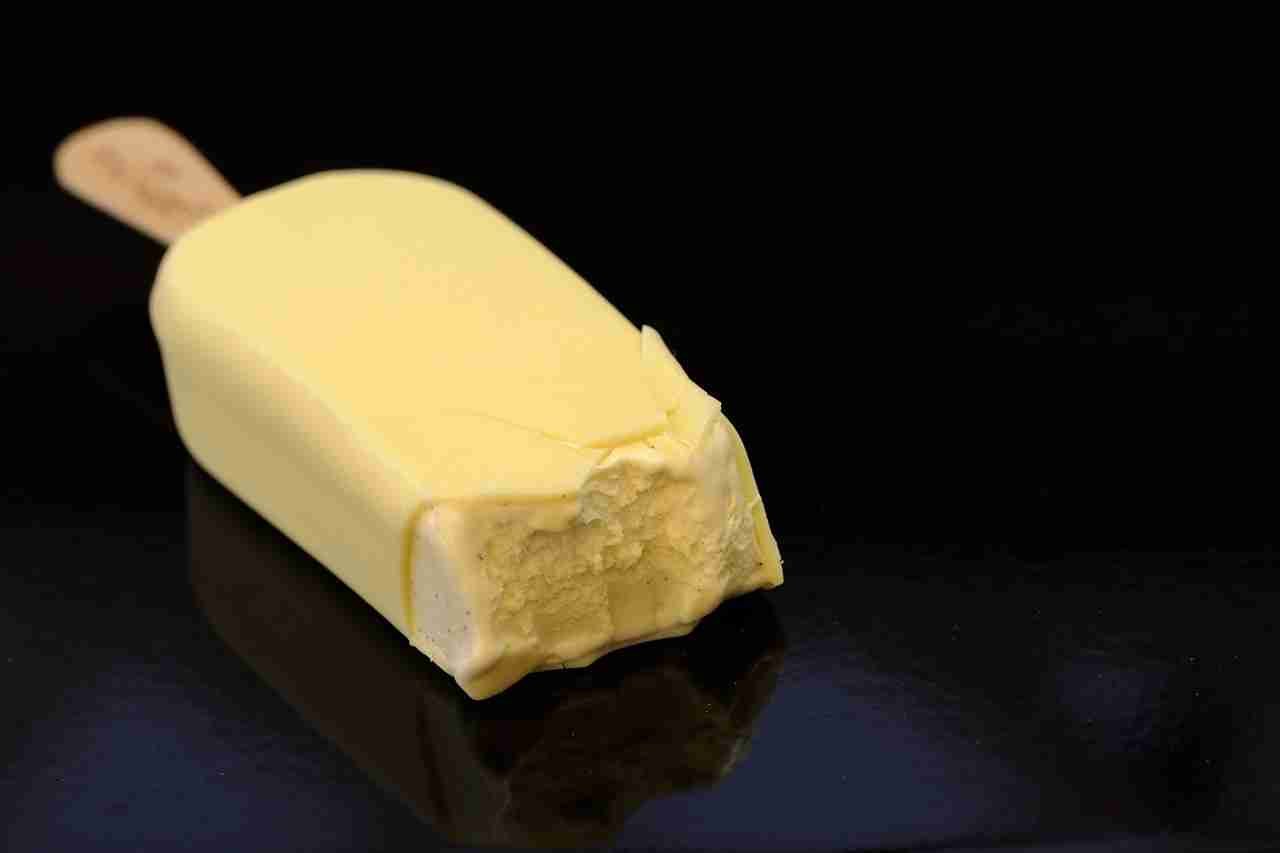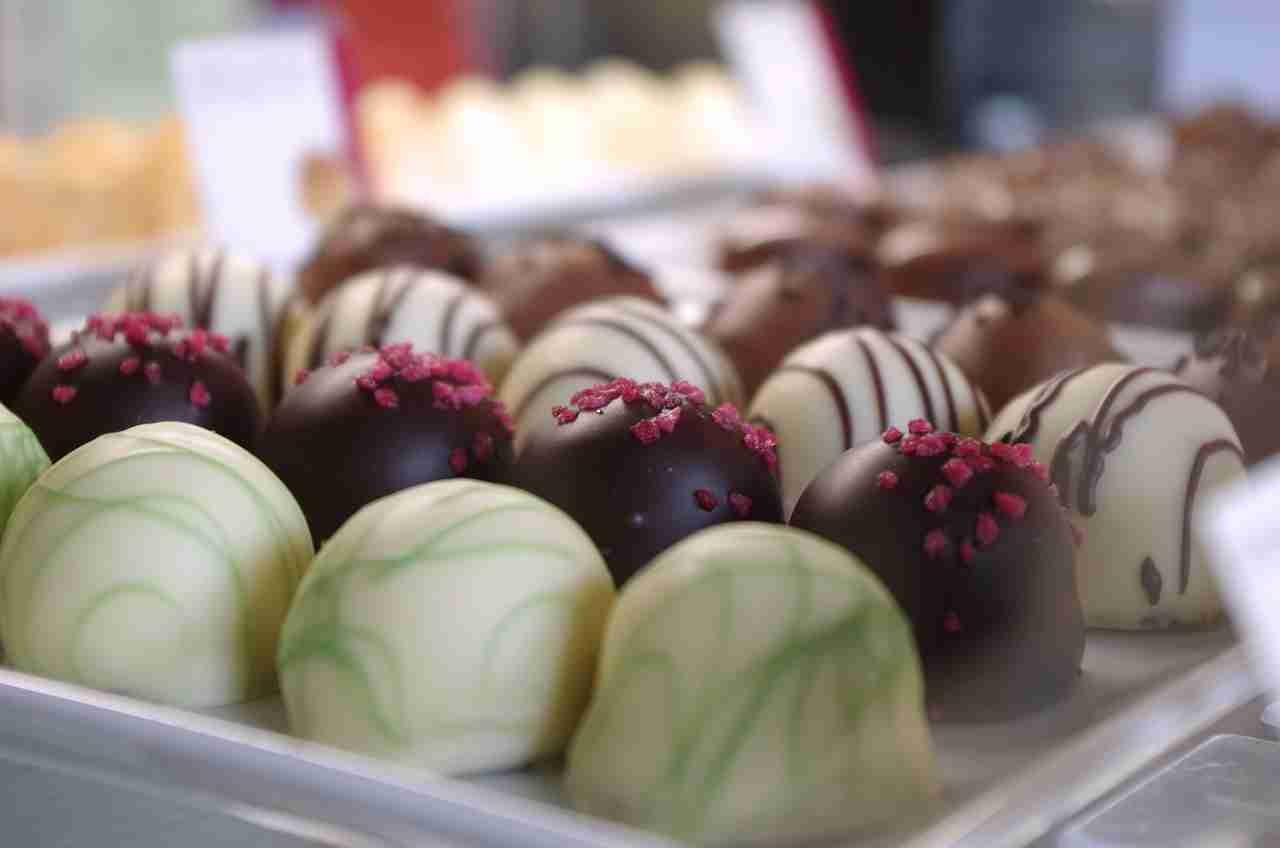If you are a chocolate lover, you might have wondered about this question at some point.
Is the white chocolate that I buy really chocolate?
After all, it looks and tastes very different from the dark and milk varieties that most people associate with chocolate. It also has a different flavor and texture, and some people even claim that it is not a healthy or natural but artificial chocolate.
So, what is the truth about it? Is it a real chocolate or a fake one?
In this blog post, we will explore the history, ingredients, production, pros and cons of white chocolate, and try to find an answer to the question once and for all: is it really chocolate?
What is white chocolate exactly?
White chocolate is a type of confectionery that is made from cocoa butter, sugar, milk solids and sometimes other ingredients such as vanilla to add extra flavor or lecithin.
Unlike dark and milk chocolate, this chocolate does not contain any cocoa solids, which are the brown-colored particles that give chocolate its characteristic flavor and color.
Cocoa solids are also the source of antioxidants and other compounds that are beneficial for health. Therefore, white chocolate has a pale ivory color, a creamy texture and a mild, sweet flavor that is different from the bitter and rich taste of dark and milk chocolate.

The history behind it
White chocolate was first created in the 1930s by Nestlé, a Swiss company that is famous for its chocolate products.
Nestlé wanted to find a way to use the excess cocoa butter that was actually a leftover from the production of dark and milk chocolate.
Cocoa butter is the fat that is extracted from cocoa beans, and it is an essential ingredient for making smooth and glossy chocolate. However, cocoa butter is also very expensive and scarce, so Nestlé decided to combine it with sugar and milk to create a new product that would appeal to consumers who preferred a more sweeter and lighter chocolate.
Nestlé called this product “Galak”, and it was marketed as a white chocolate in Europe and Latin America.
However, not everyone accepted white type of chocolate as a real chocolate.
In fact, some countries have strict regulations on what can be labeled as chocolate, and they do not consider white chocolate as such.
For example, in the United States, the Food and Drug Administration (FDA) requires that any product labeled as “chocolate” must contain at least 20% of cocoa solids.
Additionally, it should also have a minimum of 14% total milk solids and 3.5% milkfat. These standards ensure the quality and composition of all chocolate products.
Since most white chocolate does not meet this criterion, it cannot be legally called “chocolate” in the US. Instead, it must be labeled as “white confectionery” or “white coating”. One of the brands that do meet these standards are Cocoa Runners chocolate bars.
Similarly, in the European Union (EU), any product labeled as “chocolate” must contain at least 20% of cocoa solids.
Therefore, white chocolate can only be called “white chocolate” in the EU if it contains at least 20% of cocoa butter.

The benefits of white chocolate
Despite the controversy over its name and status, white chocolate has a couple of benefits that make it a worthwhile treat for some occasions.
Here are some of its advantages:
- It is delicious. White chocolate has a smooth, creamy and sweet flavor that can satisfy your sweet tooth without being too overwhelming. It also pairs well with other flavors such as fruits, nuts, spices and coffee.
- It is versatile. White chocolate can be used in many ways to create different desserts and snacks. You can melt it, temper it, mold it, drizzle it, dip it or chop it. You can also use it to make cakes, cookies, brownies, fudge, truffles, mousse, ganache, frosting and more.
- It is easy to work with. White chocolate has a lower melting point than dark and milk chocolate, which means that it is easier to melt and temper without burning or seizing. It also does not need to be tempered as precisely as dark and milk chocolate to achieve a shiny and smooth finish. That is why it is so often used in a chocolate fountain to dip fruits in.
- It is good for your skin. White chocolate contains cocoa butter, which is rich in fatty acids that can moisturize and nourish your skin. Cocoa butter also has anti-inflammatory properties that can soothe irritated or inflamed skin. Some studies have even suggested that cocoa butter can help prevent or reduce stretch marks.
The drawbacks of white chocolate
However, white chocolate also has some drawbacks that make it less desirable than dark and milk chocolate for some people.
Here are some of the disadvantages of it:
- It is not healthy. White chocolate has a high amount of sugar and fat, which can contribute to weight gain, diabetes, heart disease and other health problems if consumed in excess. It also has very little or no antioxidants or other beneficial compounds that are found in cocoa solids. Therefore, this chocolate does not offer any significant health benefits like dark and milk chocolate do.
- It is not authentic. White chocolate does not contain any cocoa solids, which are the essence of real chocolate. Therefore, some purists and experts do not consider white chocolate as a true chocolate, but rather as a candy or a confection. They argue that this chocolate lacks the complex and rich flavor and aroma of real chocolate, and that it is too sweet and bland.
- It is not stable. White chocolate is more sensitive to heat, light and humidity than dark and milk chocolate, which means that it can spoil or deteriorate faster. It can also develop a grayish or yellowish color, a grainy or crumbly texture, or a rancid or sour taste if it is exposed to high temperatures, sunlight or moisture. This is called “fat bloom” or “sugar bloom”, and it occurs when the cocoa butter or the sugar crystals separate from the rest of the ingredients. Although this does not affect the safety or edibility of this chocolate, it does affect its appearance and quality.
So… is it really chocolate?
After learning about the history, ingredients, production, benefits and drawbacks of white chocolate, we can finally answer the question: is it really chocolate?
Well, the answer depends on how you define chocolate.
If you define chocolate as a product that contains cocoa solids, then white chocolate is technically not chocolate. However, if you define chocolate as a product that contains cocoa butter, then it is chocolate.
Ultimately, it is up to you to decide whether you consider it as a real chocolate or not. What matters most is that you enjoy it in moderation and appreciate its unique qualities.

3 desserts with white chocolate
White Chocolate Mousse
This is a light and airy dessert that is made by folding melted white chocolate into whipped cream.
It is often chilled and served in elegant glasses or ramekins. Garnish the mousse with fresh berries or grated chocolate for an extra touch of sweetness and color.
We love this recipe by Lin’s Food.
White Chocolate Cheesecake
Creamy and rich, this cheesecake combines the tanginess of cream cheese with the sweetness of the chocolate.
The cheesecake crust can be made from graham crackers or other cookies such as Biscoff. Top the cheesecake with a drizzle of raspberry sauce or fresh fruit to make it extra appealing and vibrant.
We love this recipe by Little Sweet Baker.
White Chocolate Blondies
Blondies are heaven-sent, thick, rich, decadent and absolutely impossible to resist.
These delightful white brownie bars use white chocolate and brown sugar to create a caramelly, satisfying treat. Customize them by adding nuts (pecans pair wonderfully with white chocolate), dried fruits, or even nostalgic sprinkles on top before baking.
We love this recipe by The Kiwi Country Girl.